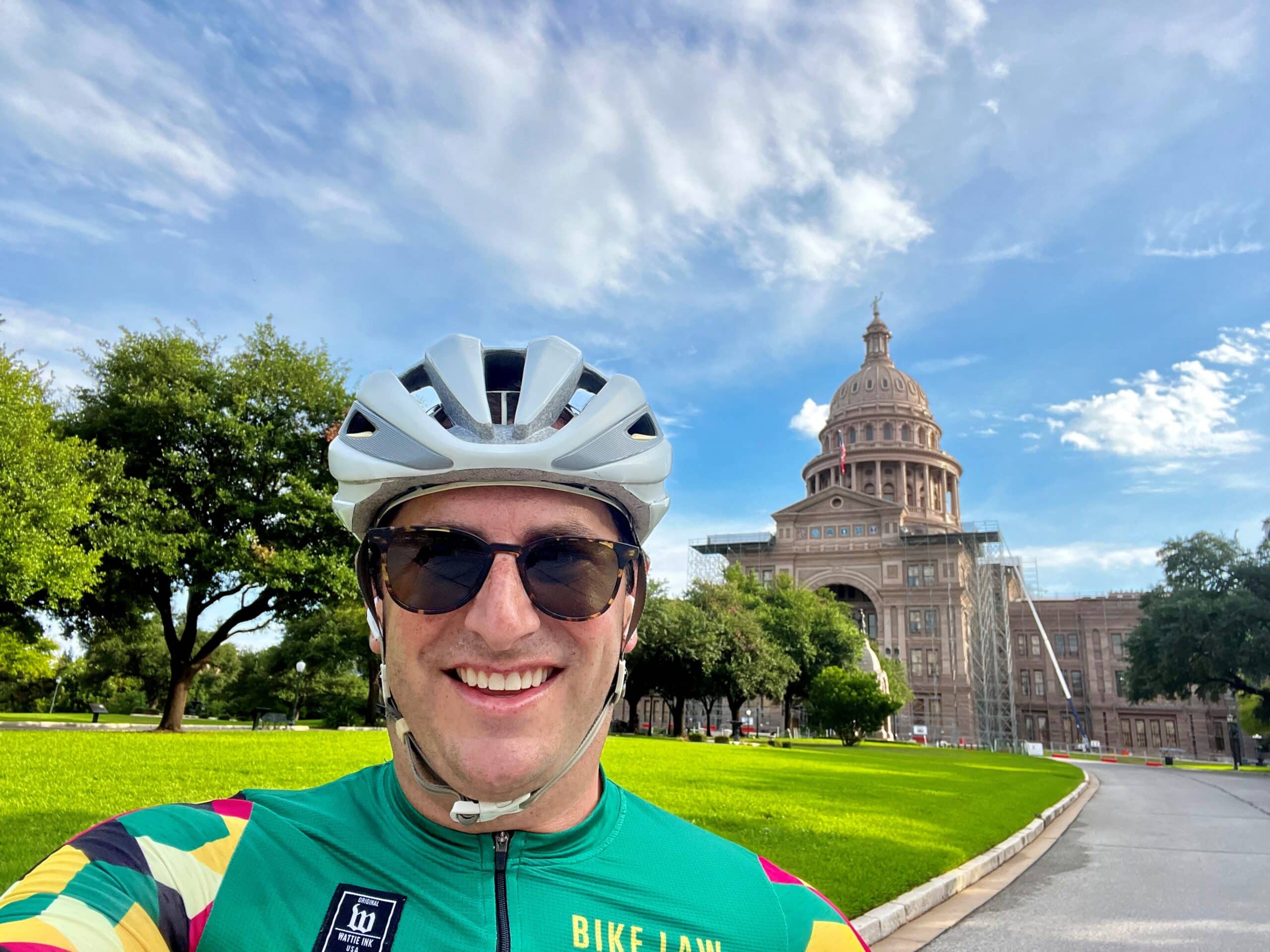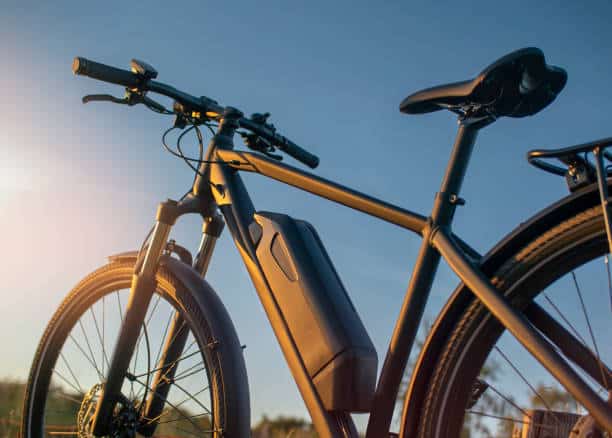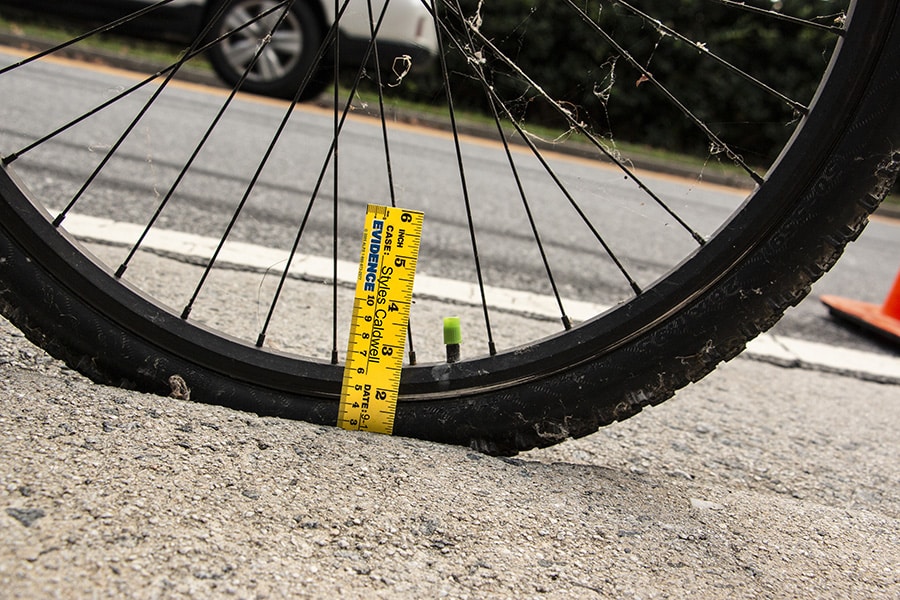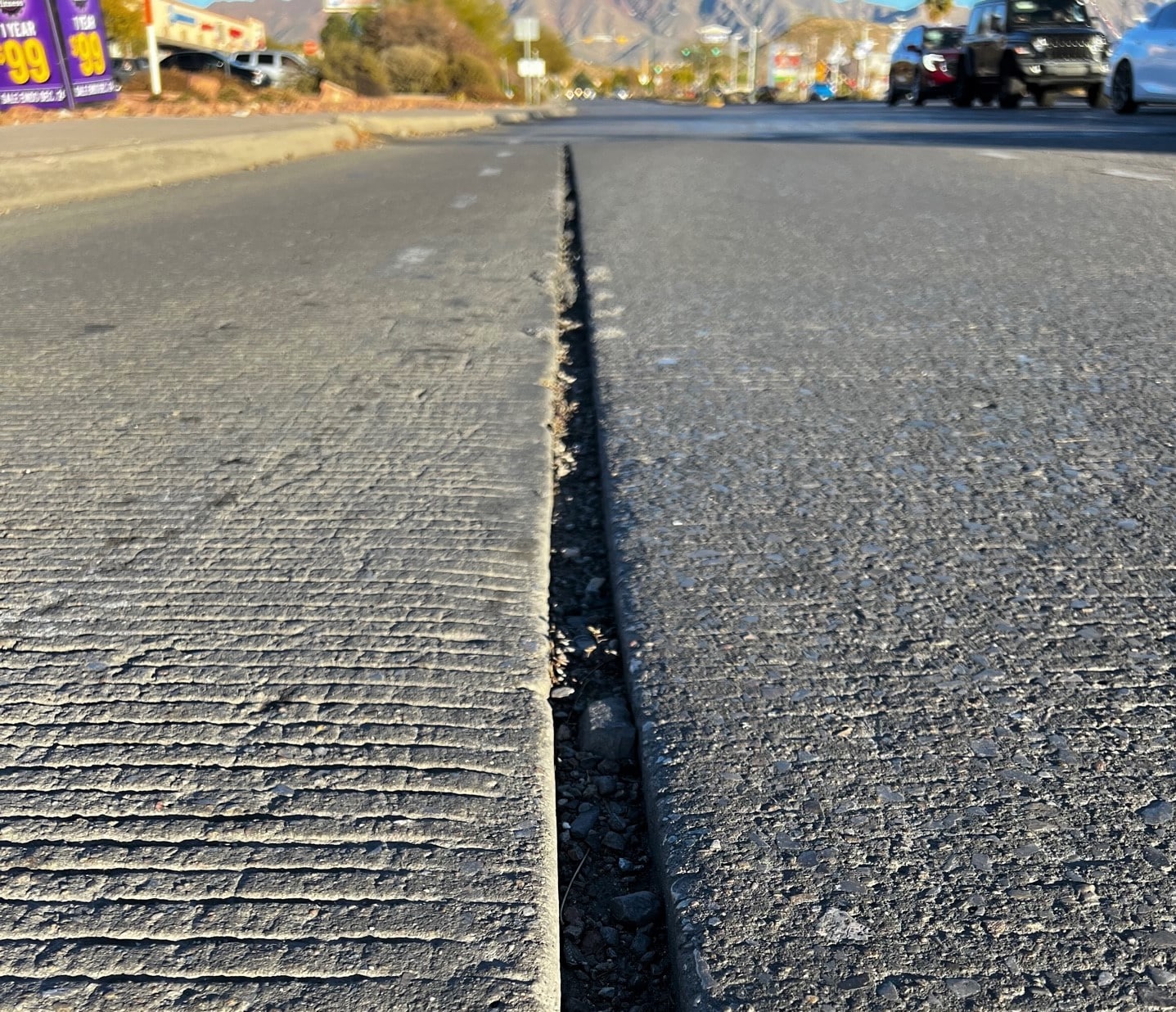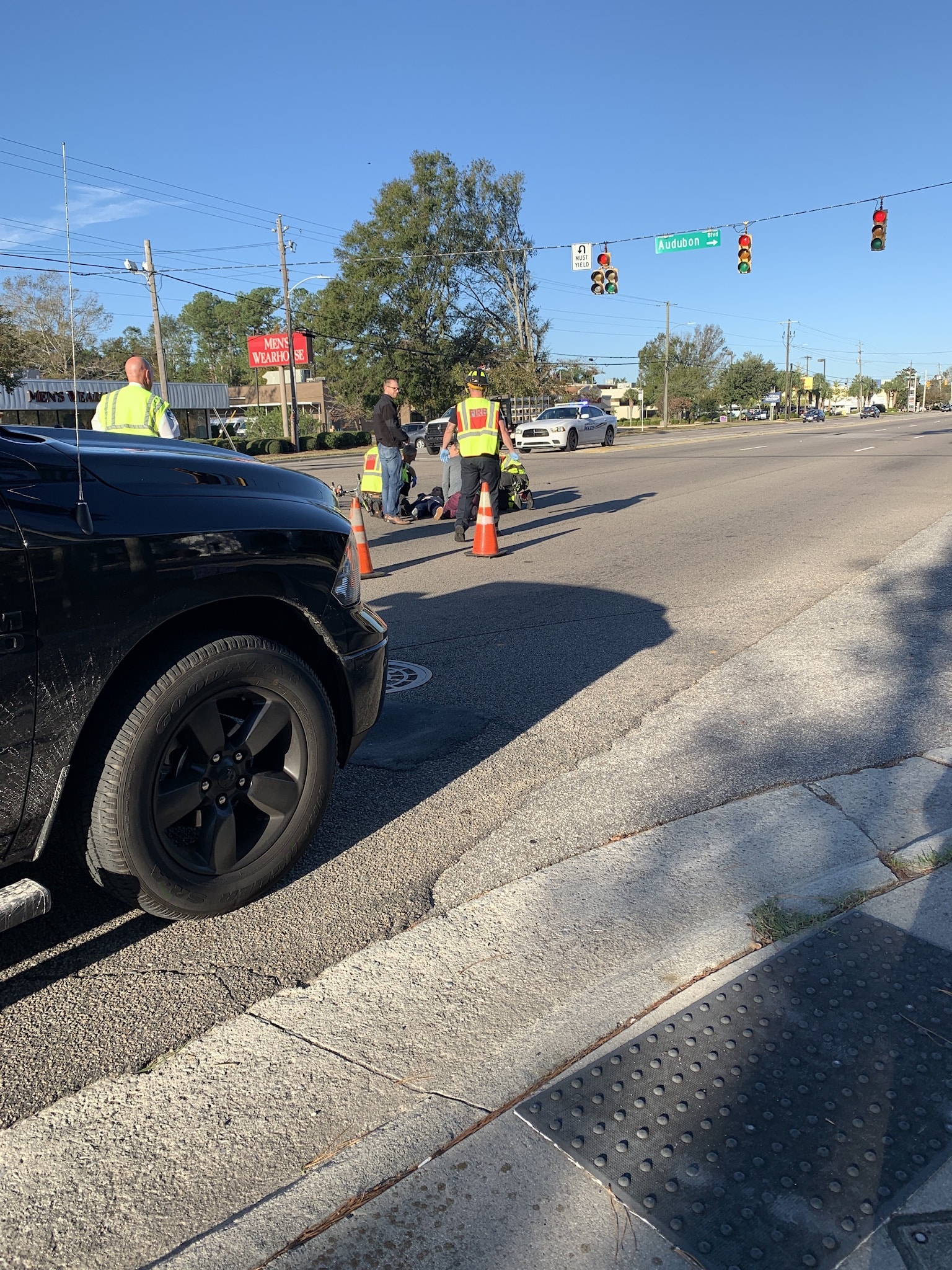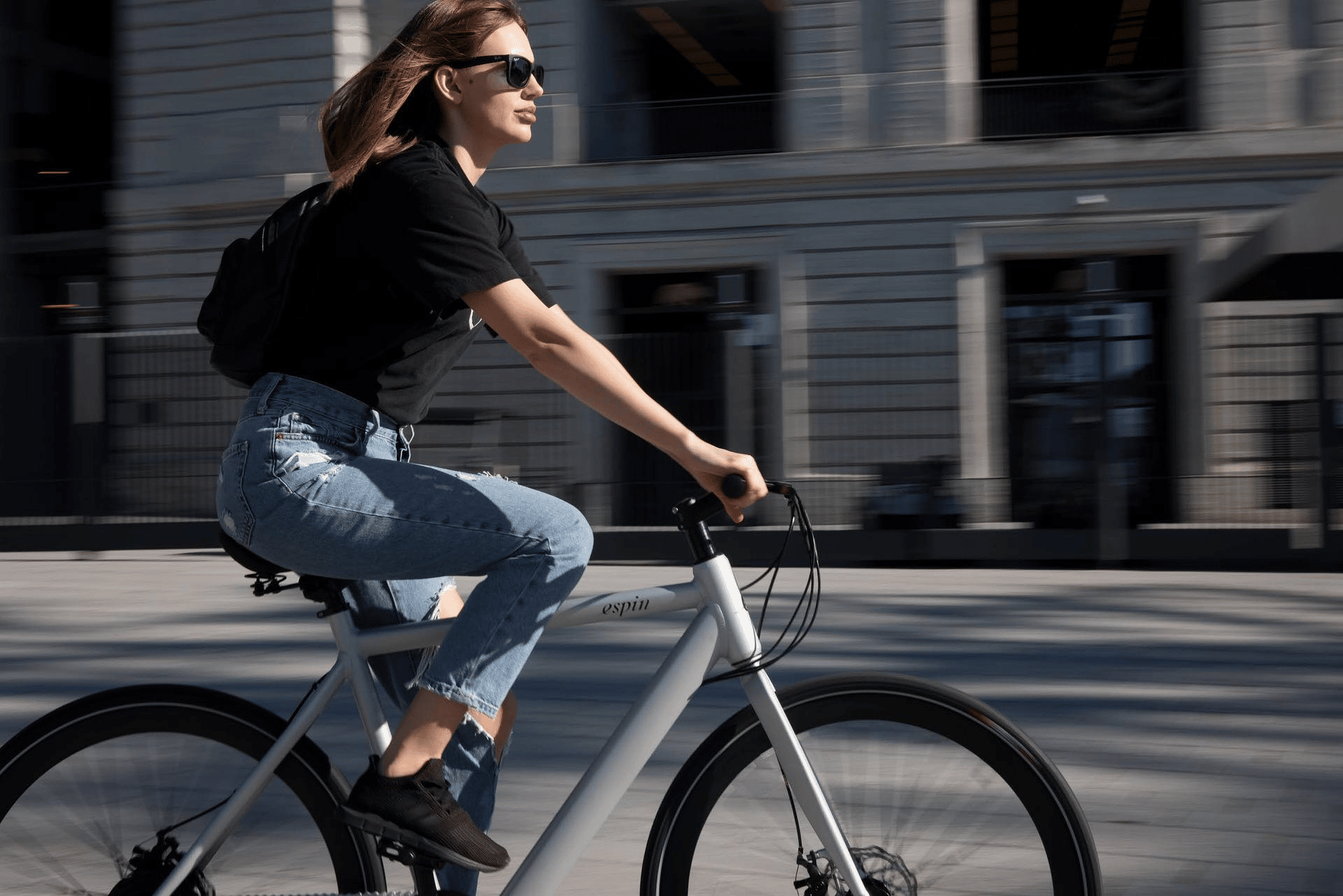Bike Law Amy speaks about vulnerable road users
I was asked to speak on the topic of vulnerable roadway users at this year’s Tennessee Lifesavers Conference, hosted by the Governor’s Highway Safety Office (“GHSO”).
The GHSO is a branch of TDOT, and is most well-known for its extensive PSA campaigns statewide in Tennessee: “Click it or Ticket” and “Booze it and Loose It”. My audience was almost entirely made up of law enforcement officers. The Annual Lifesaver’s Conference includes an awards luncheon to recognize officers, and it was a special moment to be able to watch these public servants receive recognition for their work in the field saving lives. The exhibit booths at this conference included the latest in radar detection and breathalyzer technology. Maybe future Lifesaver’s Conferences will see a Bike Law booth.
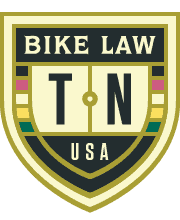
The timing for this presentation seemed ripe, coming on the heels of Bike Law Ann’s recent blog post about the continuing serious issues we are all facing dealing with law enforcement officers, both as Bike Law attorneys and cyclists.
My goal going to the Lifesaver’s Conference, was to build a few relationships and make progress on the monumental task of ensuring that officers who respond to a motor vehicle collision involving a bicycle create thorough police reports , collect all the evidence, and ask the right questions. I also wanted to make those who might have a bias towards cyclists begin to reconsider their stance, or at the very least, realize that they have a duty to protect cyclists under Tennessee Law, despite what their personal views may be.
I co-presented with the bicycle and pedestrian coordinator for TDOT, Jessica Wilson. Jessica and I know each other from the Tennessee Bike Summit, and it was great to be able to present alongside a familiar face. The name of Jessica and I’s presentation was “Every Life Counts: Protecting Our Roadways’ Most Vulnerable Users.” Jessica detailed the new Tennessee Strategic Highway Safety Plan’s emphasis area on vulnerable roadway users. She explained who vulnerable roadway users are, and why current statistics give cause for concern: In Tennessee, overall accidents are going down, while the number of vulnerable roadway user victims is increasing. Cyclists share the title vulnerable roadway user with motorcyclists, pedestrians, and the elderly.
My presentation called for audience participation. I needed for each officer in the room to walk away with a few new items to include on their checklists when investigating a crash involving a bicycle, and to take the message back home with them that cyclists need to be protected by law enforcement.
I gave the officers the big picture: I defined the term complete street, gave several examples and broke down the Chattanooga Complete Streets Ordinance. I spoke about bike tourism and USBRS 23. I unpacked TDOT’s policy requiring inclusion of bike and ped facilities in resurfacing, and redesign projects.
I touched upon municipal leaders from across the state’s pro-bicycle stance, including the exciting news that the Green Lane Project is coming to Memphis, thanks in large part to Mayor A C Wharton, Jr. My bottom line was that, “in your role as a law enforcement officer, you are going see an increase in bicycles and bicycle facilities on the roadways for a multiplicity of reasons. You have to adapt to these changes that lie ahead in Tennessee and protect our vulnerable roadway users.”
Then, I used a recent case of mine to educate and spark debate. I gave the facts of the case: two cyclists were riding single-file on a wide, smooth road, with reflective gear in daylight. A driver pulls alongside the rear cyclist and has a verbal altercation, demanding that the he get on the sidewalk. The driver is towing an empty trailer. The driver moves alongside the front cyclist, and there is a heated exchange. The driver pulls away and the empty trailer strikes the cyclist, sending him catapulting straight into the emergency room. Multiple eyewitnesses call 911. The driver does not stop and alleges not to have known he struck the cyclist. No hit and run charge was filed. I filed a civil lawsuit against the driver. I had my mechanical engineer inspect the damage to the bicycle and trailer to determine if it was possible that the driver didn’t feel the impact, as he claimed to the investigating officer. My engineer found that the driver would have heard and felt the contact. I shared the engineer’s report and a few highlights from my deposition of the driver with the officers I presented to at the Lifesavers Conference. As I was hoping, the officers had questions for me. My favorite question was, “why did the driver yell at the cyclists?” The officer hit the nail on the head. WHY DID the driver yell at the cyclists? This was the “ah-hah” moment I was looking for. One “ah-hah” moment down. There are a lot more to go.
After my presentation, once the room had cleared out, a Murfreesboro Officer approached me and shared photos of his brand new road bike with me. He recently rode the metric century in the Murfreesboro Bicycle Club’s Hot 100. Take heart fellow cyclists, things won’t be as they are for much longer, but we do have a lot of hard work advocating ahead. In her post, Ann outlined what our goals need to be; now we execute.



